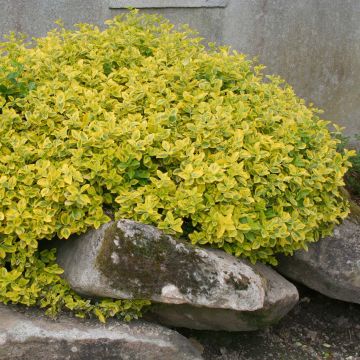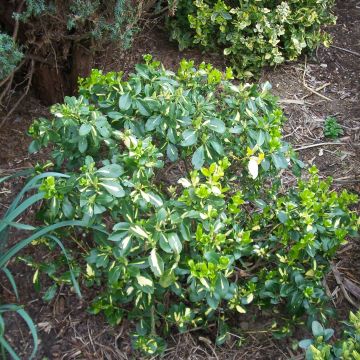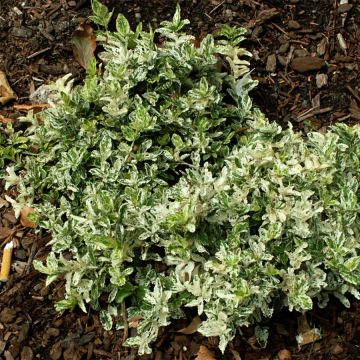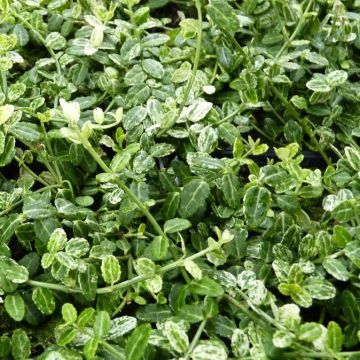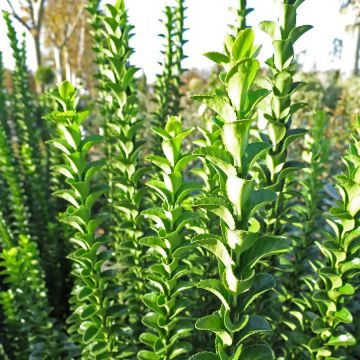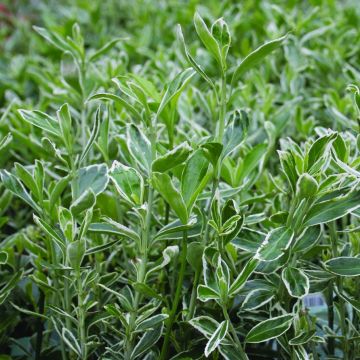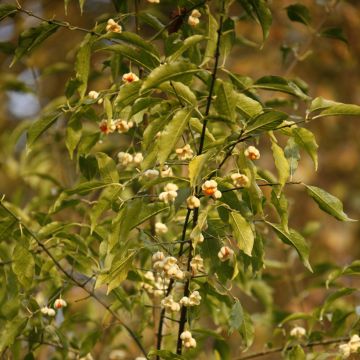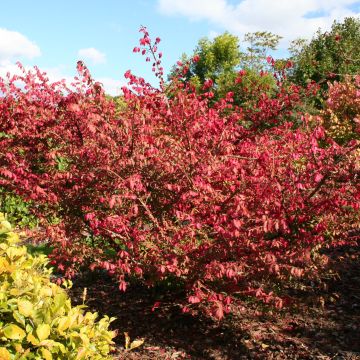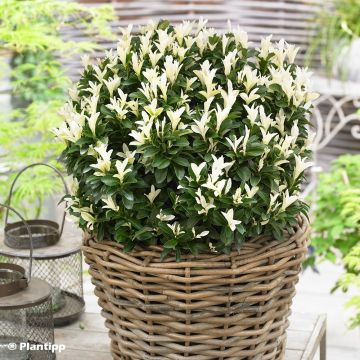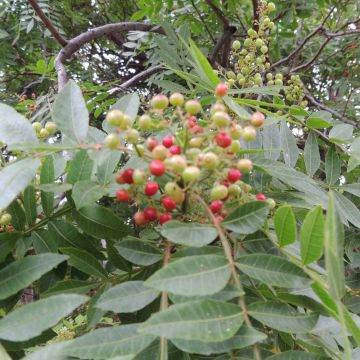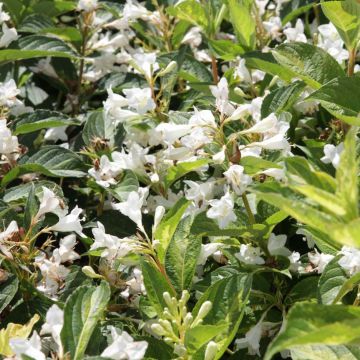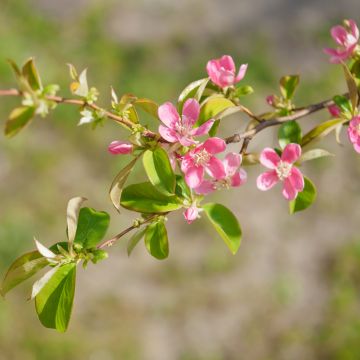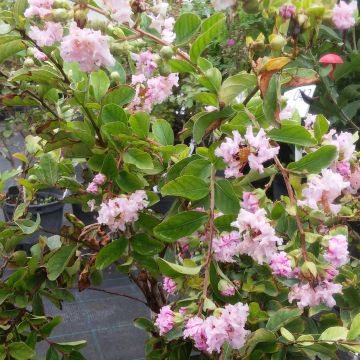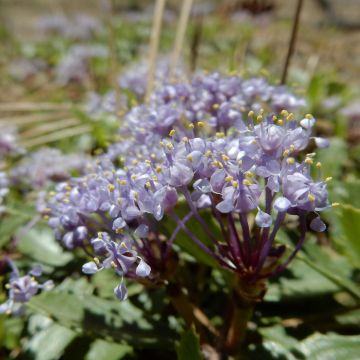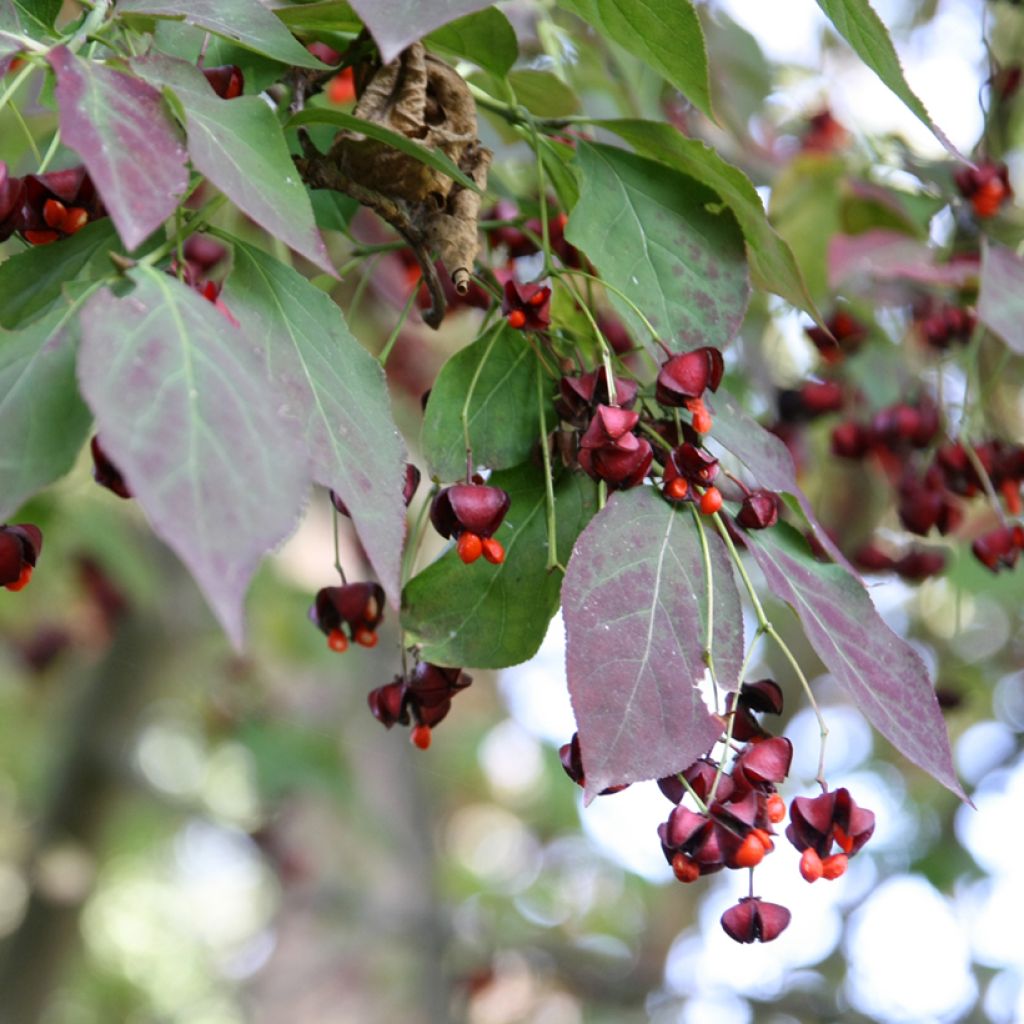

Euonymus planipes - Euonymus
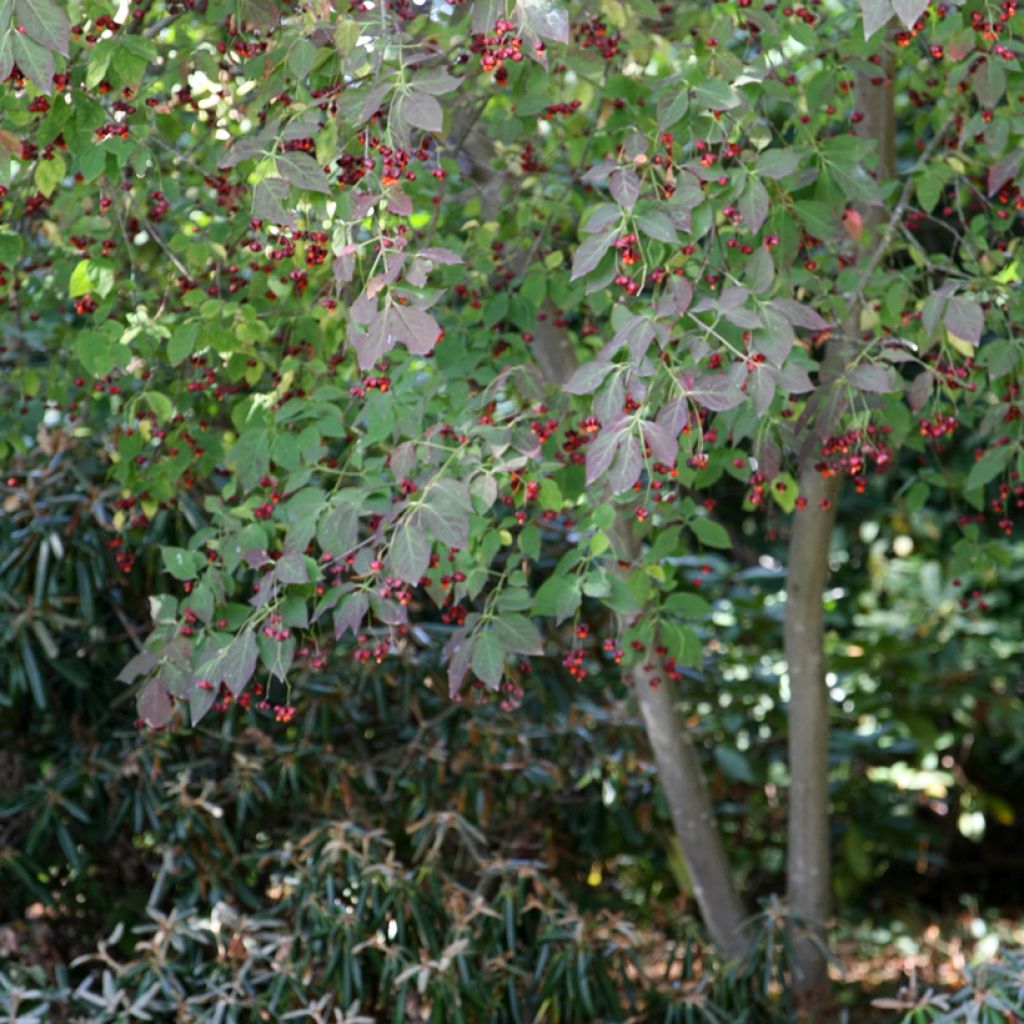

Euonymus planipes - Euonymus
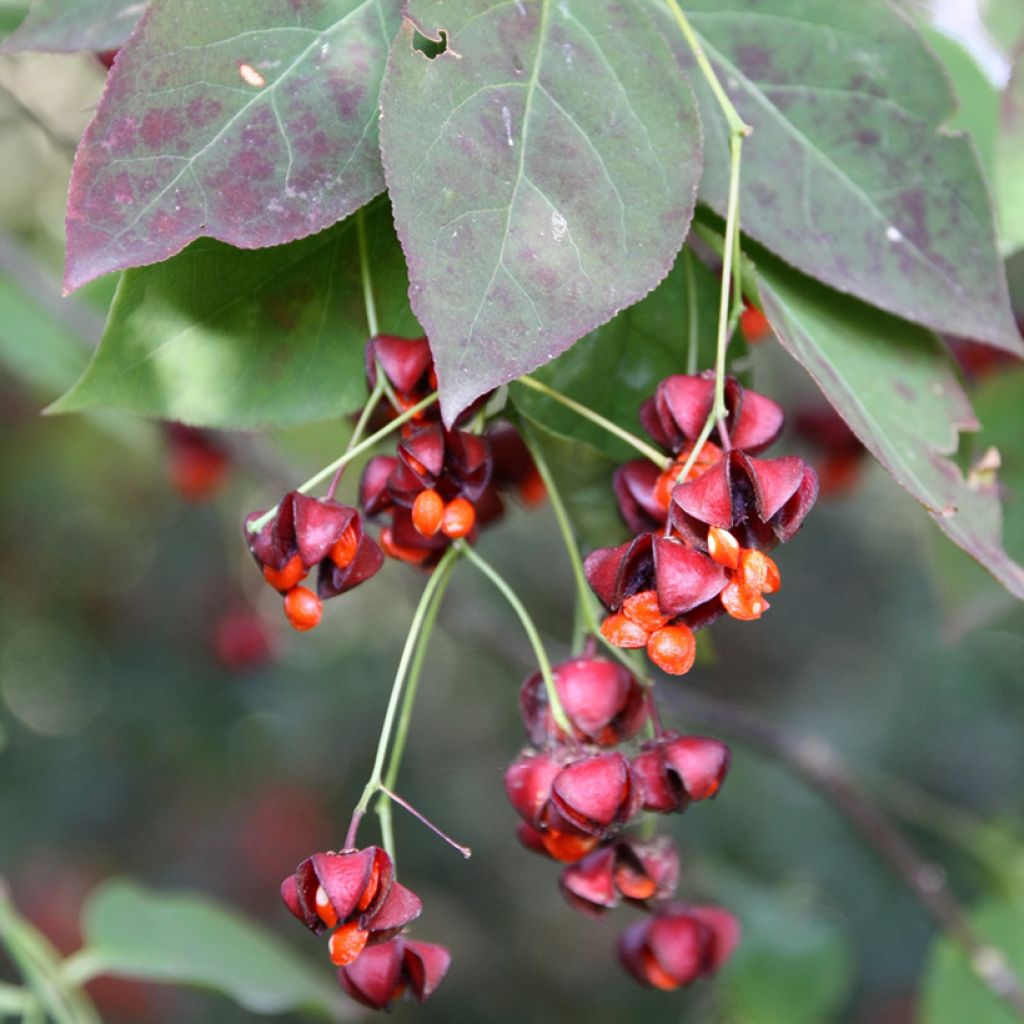

Euonymus planipes - Euonymus
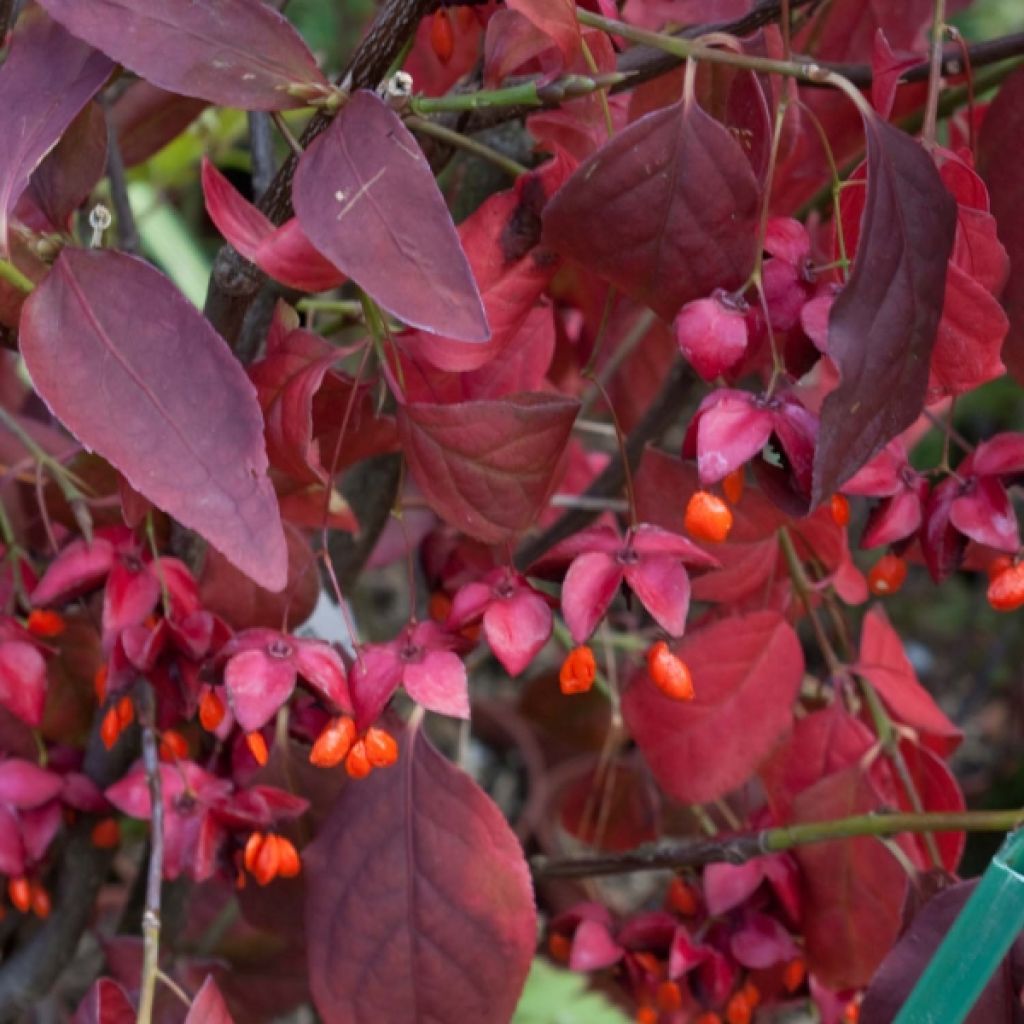

Euonymus planipes - Euonymus
Euonymus planipes - Euonymus
Euonymus planipes
Flat-stalked Spindle, Spindle Tree
This item cannot be shipped to the selected country
Delivery charge from €5.90
Delivery charge from €5.90
Delivery charge from €5.90
More information
Schedule delivery date,
and select date in basket
This plant carries a 24 months recovery warranty
More information
We guarantee the quality of our plants for a full growing cycle, and will replace at our expense any plant that fails to recover under normal climatic and planting conditions.
From €5.90 for pickup delivery and €6.90 for home delivery
Express home delivery from €8.90.
From €5.90 for pickup delivery and €6.90 for home delivery
Express home delivery from €8.90.
From €5.90 for pickup delivery and €6.90 for home delivery
Express home delivery from €8.90.
Does this plant fit my garden?
Set up your Plantfit profile →
Description
Euonymus planipes or sachalinensis is a deciduous spindle of Asian origin that is easy to grow and spectacular throughout the autumn. This medium-sized bush has apple green foliage that turns to yellow-orange by the end of summer and gradually becomes purple, while its surprisingly small fruits ripen in a deep pink and bright orange colour. Not demanding, ignored by the caterpillars that often disfigure our European spindles, it will simply be sumptuous in a mass planting or a free hedge.
Euonymus planipes is native to northeastern China, Japan, and Korea. It is a perfectly cold-resistant bush, well adapted to slightly alkaline soils, with reasonably low water requirements. Like all spindles, it belongs to the Celastraceae family.
It has a bushy, reasonably wide, rounded to spreading habit. Its growth is relatively slow. An adult specimen will reach an average size of 2.50 m (8 ft 2 in) in all directions. Although less developed than its cousin's, its branches show corky outgrowths, the winged spindle. They bear deciduous foliage, which grows in spring and falls in autumn. The leaves, 5 to 12 cm (2 to 4.7 in) long, elliptical and toothed, are arranged oppositely on the branches. Their colour is a relatively light green until August. They start changing colour at the end of August or the beginning of September, more quickly if the bush is exposed to the sun. Shades of yellow, orange, and purple invade the lamina until the foliage becomes completely purple in October before falling off. The insignificant spring flowering, made up of small white-greenish flowers, gives way to beautiful, original, decorative, and brightly coloured fruits. These are deep pink-red berries, generally spherical, 2 cm (0.8 in) in diameter, whose 4 to 5 lobes open to reveal orange-coloured arillate seeds. They are lovely but also toxic to humans. However, these delicious fruits are a bird's food source, even in winter.
Euonymus planipes is easy to grow and thrives in well-drained soil in a sunny exposure that enhances its autumn colours. In the south of France, placing it in partial shade is preferable as it does not tolerate high temperatures. Its changing foliage and colourful fruiting make it an excellent choice for free hedges, adding a luxurious touch that will captivate gardeners for long moments. Being of medium size, it fits well in a small garden or a larger plot. For example, accompany it with Berberis (Barberry), bush honeysuckles (Lonicera tatarica or fragrantissima), variegated holly, Cotinus (Smoke bush), Parrotia persica (Persian ironwood), Cornus mas (Cornelian cherry), or Chinese azaleas depending on the nature of your soil.
Report an error about the product description
Euonymus planipes - Euonymus in pictures
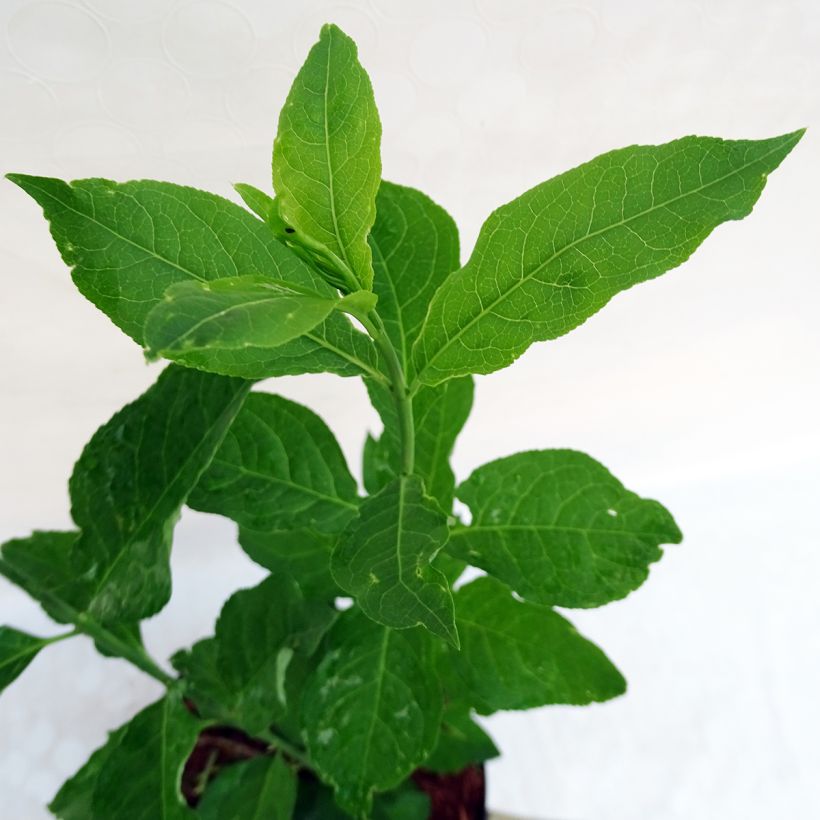

Plant habit
Flowering
Foliage
Botanical data
Euonymus
planipes
Celastraceae
Flat-stalked Spindle, Spindle Tree
China
Other Euonymus - Spindle tree
Planting and care
The Euonymus planipes is preferably planted in autumn in relatively moist but adequately drained soil in a sunny position to enhance its autumn colours. It tolerates lime-rich soils well and is not very demanding in terms of water once it is established in deep soil. Water regularly during the first year to help it establish, especially if the summer is hot and dry. In warm climates it is preferable, even essential, to place it in deep soil and partial shade, as it does not appreciate high temperatures. In this case, water regularly for 2 or 3 years, especially in summer. Practice maintenance and cleaning pruning as soon as the leaves have fallen to maintain a harmonious shape. For hedges, space the plants 80cm (31.5 in) apart. It may sometimes be susceptible to powdery mildew but rarely to attacks from caterpillars, scale insects, and black aphids.
Planting period
Intended location
Care
-
, onOrder confirmed
Reply from on Promesse de fleurs
Hedge shrubs
Haven't found what you were looking for?
Hardiness is the lowest winter temperature a plant can endure without suffering serious damage or even dying. However, hardiness is affected by location (a sheltered area, such as a patio), protection (winter cover) and soil type (hardiness is improved by well-drained soil).

Photo Sharing Terms & Conditions
In order to encourage gardeners to interact and share their experiences, Promesse de fleurs offers various media enabling content to be uploaded onto its Site - in particular via the ‘Photo sharing’ module.
The User agrees to refrain from:
- Posting any content that is illegal, prejudicial, insulting, racist, inciteful to hatred, revisionist, contrary to public decency, that infringes on privacy or on the privacy rights of third parties, in particular the publicity rights of persons and goods, intellectual property rights, or the right to privacy.
- Submitting content on behalf of a third party;
- Impersonate the identity of a third party and/or publish any personal information about a third party;
In general, the User undertakes to refrain from any unethical behaviour.
All Content (in particular text, comments, files, images, photos, videos, creative works, etc.), which may be subject to property or intellectual property rights, image or other private rights, shall remain the property of the User, subject to the limited rights granted by the terms of the licence granted by Promesse de fleurs as stated below. Users are at liberty to publish or not to publish such Content on the Site, notably via the ‘Photo Sharing’ facility, and accept that this Content shall be made public and freely accessible, notably on the Internet.
Users further acknowledge, undertake to have ,and guarantee that they hold all necessary rights and permissions to publish such material on the Site, in particular with regard to the legislation in force pertaining to any privacy, property, intellectual property, image, or contractual rights, or rights of any other nature. By publishing such Content on the Site, Users acknowledge accepting full liability as publishers of the Content within the meaning of the law, and grant Promesse de fleurs, free of charge, an inclusive, worldwide licence for the said Content for the entire duration of its publication, including all reproduction, representation, up/downloading, displaying, performing, transmission, and storage rights.
Users also grant permission for their name to be linked to the Content and accept that this link may not always be made available.
By engaging in posting material, Users consent to their Content becoming automatically accessible on the Internet, in particular on other sites and/or blogs and/or web pages of the Promesse de fleurs site, including in particular social pages and the Promesse de fleurs catalogue.
Users may secure the removal of entrusted content free of charge by issuing a simple request via our contact form.
The flowering period indicated on our website applies to countries and regions located in USDA zone 8 (France, the United Kingdom, Ireland, the Netherlands, etc.)
It will vary according to where you live:
- In zones 9 to 10 (Italy, Spain, Greece, etc.), flowering will occur about 2 to 4 weeks earlier.
- In zones 6 to 7 (Germany, Poland, Slovenia, and lower mountainous regions), flowering will be delayed by 2 to 3 weeks.
- In zone 5 (Central Europe, Scandinavia), blooming will be delayed by 3 to 5 weeks.
In temperate climates, pruning of spring-flowering shrubs (forsythia, spireas, etc.) should be done just after flowering.
Pruning of summer-flowering shrubs (Indian Lilac, Perovskia, etc.) can be done in winter or spring.
In cold regions as well as with frost-sensitive plants, avoid pruning too early when severe frosts may still occur.
The planting period indicated on our website applies to countries and regions located in USDA zone 8 (France, United Kingdom, Ireland, Netherlands).
It will vary according to where you live:
- In Mediterranean zones (Marseille, Madrid, Milan, etc.), autumn and winter are the best planting periods.
- In continental zones (Strasbourg, Munich, Vienna, etc.), delay planting by 2 to 3 weeks in spring and bring it forward by 2 to 4 weeks in autumn.
- In mountainous regions (the Alps, Pyrenees, Carpathians, etc.), it is best to plant in late spring (May-June) or late summer (August-September).
The harvesting period indicated on our website applies to countries and regions in USDA zone 8 (France, England, Ireland, the Netherlands).
In colder areas (Scandinavia, Poland, Austria...) fruit and vegetable harvests are likely to be delayed by 3-4 weeks.
In warmer areas (Italy, Spain, Greece, etc.), harvesting will probably take place earlier, depending on weather conditions.
The sowing periods indicated on our website apply to countries and regions within USDA Zone 8 (France, UK, Ireland, Netherlands).
In colder areas (Scandinavia, Poland, Austria...), delay any outdoor sowing by 3-4 weeks, or sow under glass.
In warmer climes (Italy, Spain, Greece, etc.), bring outdoor sowing forward by a few weeks.

































